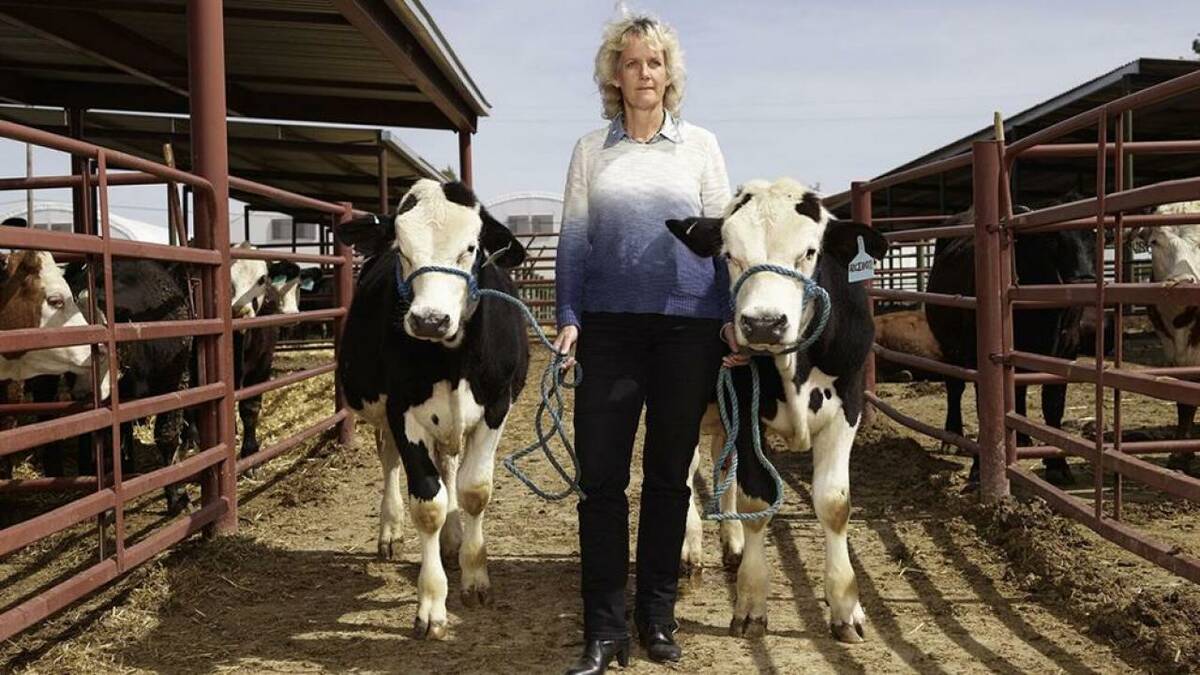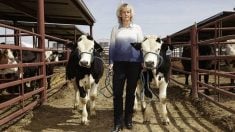Most businesspeople are frustrated by the amount of documentation required to keep track of business expense deductions and tax claims for motor vehicles.
It appears that frustration has been noted because the federal government has introduced a new short form that simplifies how vehicle use is tracked to establish business use.
The change could reduce by three-quarters the time it takes businesses to track vehicle expenses.
Under the new method, businesses must keep a detailed logbook for one full year to establish a base year. It must show each business trip, the destination, the reason for the trip and the distance covered.
Read Also

Stacking Canada up on gene editing livestock
Canada may want to gauge how Argentina and other countries have approached gene editing in livestock and what that has meant for local innovation.
In the following year, only three consecutive months of records are required to establish a sample period.
As long as the vehicle business use for the three months in the following year is within 10 percent of the same three-month period in the base year, which is called the base period, then the shorter period can be used to calculate the vehicle’s full year business use.
The annual business use of the vehicle cannot go up or down by more than 10 percent in comparison to the base year.
If these criteria are met, the business use in each subsequent year will be calculated by multiplying the business use of the base year by the ratio of the sample period and base year period.
The Canada Revenue Agency has supplied an example to demonstrate the calculation.
Let’s assume the annual business use of a vehicle is 49 percent based on a full year logbook. Business use in the first quarter of that year was 52 percent, 46 percent in the second quarter, 39 percent in the third and 67 percent in the fourth.
In the following year, the taxpayer chooses the second quarter for his short form logbook, which shows business use rose to 51 percent compared with 46 in that period in the full year logbook.
Under the CRA formula, the taxpayer divides the short form sample by the base year sample and multiplies it by his base annual use to get his annual business: (5146) x 49 = 54.
Because the calculated business use of 54 percent is within 10 percent of the base year results, the CRA will accept the calculation based on the short period.
The logbook for the full base year period must be kept for six years from the end of the tax year for which it was last used to establish business use of the vehicle.
The CRA also uses other evidence to establish business use of a vehicle:
• appointment diaries indicating addresses visited and why;
• existence of another vehicle used for personal travel;
• type of vehicle;
• how the vehicle is insured;
• who else drives the vehicle.
The CRA is apt to agree that a panel truck rigged to carry tools, electrical parts and wiring and completely decaled with Joe’s Electric Supply and Service is unlikely to be used for personal reasons.
Larry Roche is a tax analyst with Farm Business Consultants Inc. Contact: fbc@fbc.ca or 800-860-7011.














